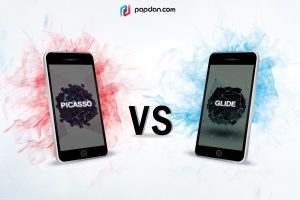Everyone wants to have a fast website, especially web developers, but nowadays, fast is not enough if it runs fast only at certain condition. Many people still complain a lot about their website speed, since their website still could not handle a number of their visitors even though they have been provided by expensive hosting. Today we are going to introduce you with Memcache, a solution for your website’s speed.
What is it?
Lately, being fast is one thing but working efficiently is another thing, no wonder Memcache has been so popular lately, Memcache is a distributed RAM cache where you can store transient data using a key-value model. With Memcache , you can access to Memcached item much faster compared with data in persistent storage systems. The tradeoff is that data held in Memcache is transient and is evicted as the system runs out of Memcache space. In fact, because of Memcache and its faster operation times, you can greatly improve the responsiveness of your application as a lookup layer or transient storage in addition to your primary storage.
How Should I Use It?
There are likely several places in which Memcache could be used to improve performance, depending on the design of your application. Below are several examples of Memcache usage which will encourage you to use it in your own application:
- Caching popular pages
- Saving transient, frequently updated, data
- Caching frequently fetched entities
When to Use a Memory Cache
One advantages of memory cache is that it can speed up common datastore queries. If there are so many requests that produce the same query with the same parameters, and changes to the results do not need to appear on the web site immediately, the application can cache the results in the Memcache. Subsequent request can check the Memcache, and if the results are absent or expires, it only performs the datastore query. Data that will be good to be cached are usually session data, user preferences, and other data returned by queries for web pages.
Besides, Memcache is also useful for other temporary values. However, you need to make sure that your application could adapt very well when the value is suddenly not available. Moreover, at any time your value can expire from the Memcache and can be expired since it has the expiration deadline set for the value.





